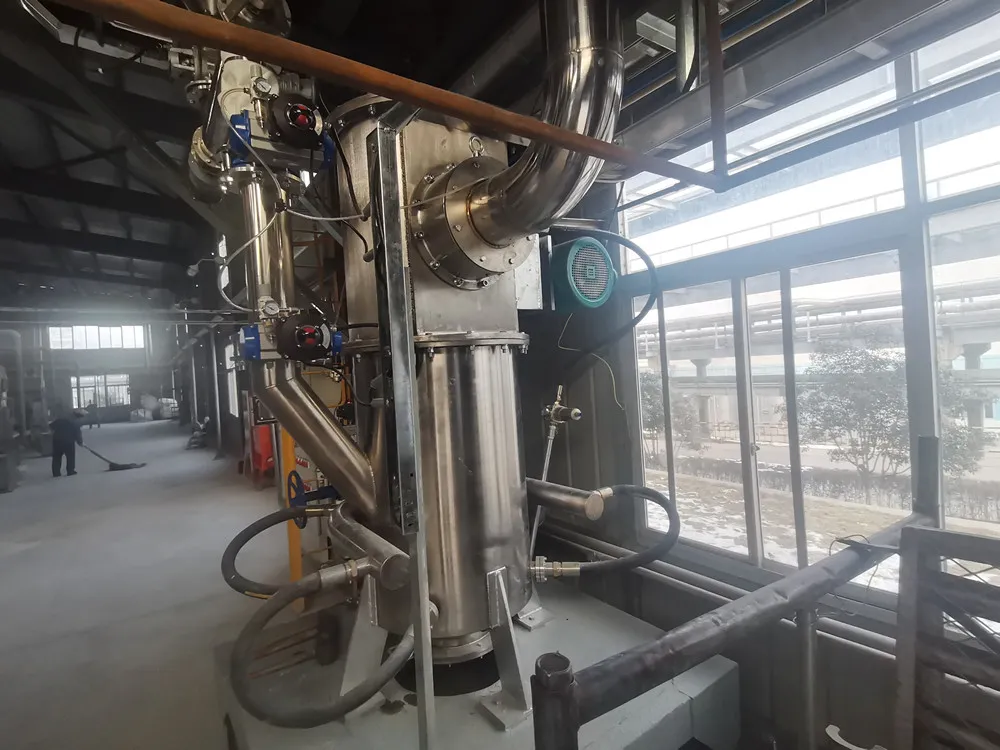Jet mill pulverizers play a crucial role in size reduction and material processing in various industries. This blog post delves into the feasibility and challenges of using jet mill pulverizers. It explores their capabilities and limitations in handling abrasive materials.

Understanding Jet Mill Pulverizers:
Jet mill pulverizers are high-speed machines. They use fluid energy to reduce particle size by micronizing and grinding to a fine powder. These devices control particle size distribution, with high precision. They are essential in industries like pharmaceuticals, chemicals, and mineral processing.
Suitability of Jet Mill Pulverizers for Processing Abrasive Materials:
Abrasive materials, characterized by their hardness and tendency to cause wear, present unique challenges for processing equipment like jet mill pulverizers. These materials can accelerate component wear, impact particle size control, and necessitate specialized considerations to maintain operational efficiency.
Advantages and Limitations:
Benefits of Using Jet Mill Pulverizers with Abrasive Materials:
1. Precise Particle Size Control: Jet mills excel in producing fine and uniform particle sizes, critical for abrasive materials where consistency is paramount.
2. Reduced Contamination: The absence of mechanical grinding elements in direct contact with the material minimizes contamination risks, ensuring product purity.
3. Energy Efficiency: Jet mill technology offers high energy efficiency, minimizing heat generation and preserving material properties during processing.
Potential Issues and Considerations:
1. Equipment Wear: Abrasive materials can accelerate wear on key components like nozzles, liners, and classifier wheels, necessitating regular inspection and potential replacement.
2. Maintenance Requirements: Intensive maintenance may be needed for abrasive materials. It will address wear and ensure performance.
Case Studies and Applications:
Examining real-world examples of jet mill pulverizer utilization with abrasive materials provides insights into successful implementations, challenges faced, and strategies adopted to optimize performance and longevity in abrasive processing environments.
Best Practices for Processing Abrasive Materials:
1. Material Selection: Choose materials resistant to abrasion for critical components to mitigate wear effects from abrasive particles.
2. Optimized Operating Parameters: Fine-tune process variables such as air pressure, feed rates, and classifier speeds to achieve efficient and effective processing of abrasive materials.
3. Regular Maintenance: Implement a proactive maintenance schedule focusing on component inspection, wear monitoring, and timely replacements to extend equipment lifespan and sustain performance.
Frequently Asked Questions about Using Jet Mill Pulverizers:
- What is Jet Mill Pulverizer
- How to maintain Jet mill pulverizers for optimal performance?
- Can all types of abrasive materials be processed using jet mill pulverizers?
- How does the particle size distribution control in jet mills impact processing abrasive materials?
- What are the key maintenance considerations when processing abrasive materials with jet mill pulverizers?
- Are there specific design features that enhance the performance of jet mills when handling abrasive substances?
- How do jet mill pulverizers compare to other grinding technologies when processing abrasive materials?